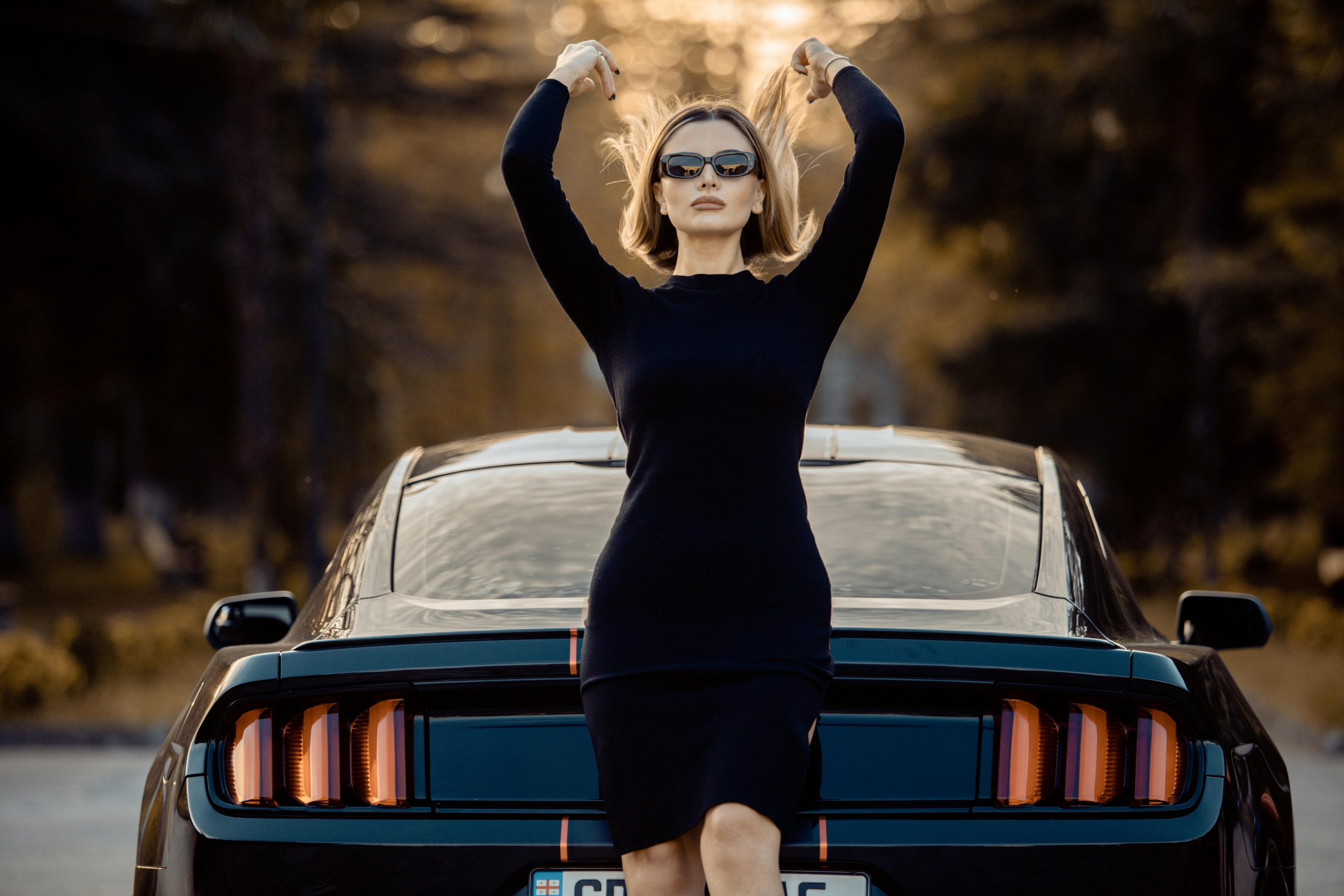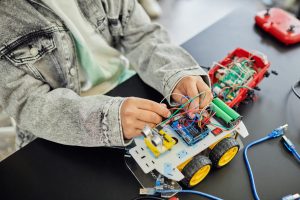Mastering the Art of Automotive Photography
Welcome to the world of automotive photography, where stunning cars meet striking visuals. With the rise of social media and the increasing popularity of car culture, mastering the art of automotive photography has become more important than ever. It takes more than just point-and-shoot skills to capture the beauty and power of these machines. In this article, we will explore the key elements of automotive photography and provide tips on how to take your skills to the next level.
The Basics of Automotive Photography
Before we dive into the technical aspects of automotive photography, it is important to understand the basics. The goal of automotive photography is to capture the essence of a car and create a visually appealing image. This requires a combination of technical and artistic skills. Here are a few key elements to keep in mind when taking photos of cars:
Lighting
The most important element in any form of photography is lighting. When it comes to automotive photography, lighting can make or break your shot. Natural light is often the best option as it can create a dynamic and dramatic image. However, if you are shooting indoors or at night, using artificial lighting sources such as strobes can help you achieve the desired effect.
Angles and Composition
The angle and composition of your shot play a crucial role in creating a visually appealing image. Experiment with different angles to find the most flattering angle for the car. Additionally, pay attention to the overall composition of your shot. Framing the car with interesting elements, such as reflections or leading lines, can add depth and interest to your photo.
Mastering the Technical Skills
Once you have a good understanding of the basics, it’s time to focus on the technical side of automotive photography. Here are a few technical skills that will help you take your photos to the next level:
Shutter Speed and Aperture
Understanding how shutter speed and aperture work together is crucial to capturing a well-exposed image. A fast shutter speed is ideal for capturing a moving car, while a slow shutter speed can create a sense of motion in the photo. Aperture, on the other hand, controls the depth of field in the image. A wider aperture will create a shallow depth of field, blurring the background and placing more focus on the car.
Using a Tripod
When shooting a stationary car, using a tripod can help you achieve a sharp and crisp image. This is especially useful when using longer shutter speeds. Invest in a sturdy tripod to ensure stability and to avoid any camera shake.
Editing Your Photos
While taking a great shot is important, editing can take your photos to the next level. Here are a few tips for editing your automotive photos:
Adjusting Exposure and Colors
Exposure and color are two essential elements to consider when editing automotive photos. Adjusting the exposure can help balance the brightness and contrast in the image, while playing with the colors can create a more vibrant and eye-catching image. However, be careful not to overdo it and end up with an unrealistic-looking photo.
Removing Distractions
When photographing a car, there may be elements in the background that can be distracting or take away from the focus of the image. Use the cloning or healing tools in your editing software to remove any unwanted distractions and keep the focus on the car.
Conclusion
Mastering the art of automotive photography takes time and practice. Start by understanding the basics, experiment with different techniques, and don’t be afraid to think outside the box. Remember, the goal is to capture the beauty and power of these machines and create visually stunning images that will leave a lasting impression.










